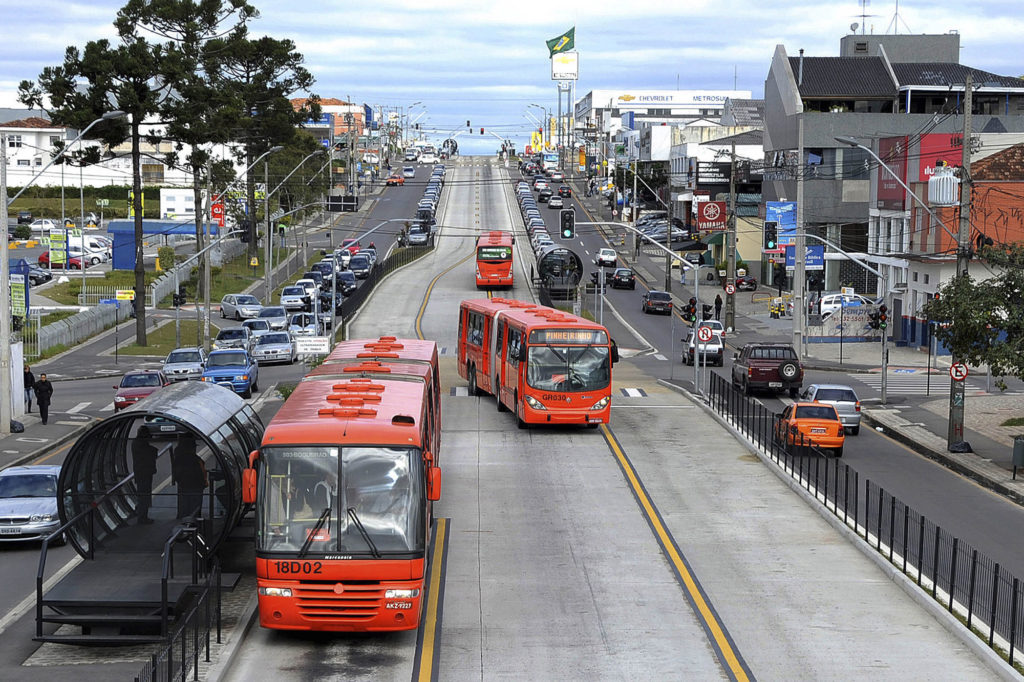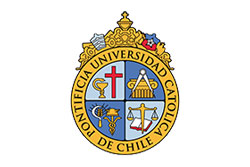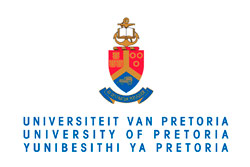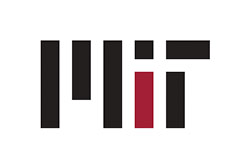O papel do transporte coletivo na visão estratégica de cidades competitivas

Why talking cars will be good for buses
Source: The Atlantic Cities
 The National Highway Traffic Safety Administration is expected at some point later this year to make a milestone decision on whether future cars in America will be required to come with «connected vehicle» technology. In layman’s terms, this refers to the capacity of vehicles to communicate wirelessly with one another and with fixed infrastructure («I’m changing lanes,» «an accident just happened,» «I just slammed on my brakes»).
The National Highway Traffic Safety Administration is expected at some point later this year to make a milestone decision on whether future cars in America will be required to come with «connected vehicle» technology. In layman’s terms, this refers to the capacity of vehicles to communicate wirelessly with one another and with fixed infrastructure («I’m changing lanes,» «an accident just happened,» «I just slammed on my brakes»).
The concept conjures a futuristic world of chatty cars in which our vehicles might do a better job of interacting with each other than we do as drivers. But the prospect is not so far in the future. And some of the biggest beneficiaries may not be cars at all, but riders of public transit.
This is the theory of University of Arizona researchers Wei Wu and Larry Head. They’ve been simulating an idea called “bus lane with intermittent priority” – or BLIP – that would use connected vehicle technology to solve one of the bigger challenges posed by Bus Rapid Transit systems. Cities around the world are increasingly turning to the relatively affordable transit solution to move more passengers on dedicated bus lanes without the unpredictability of traffic congestion or the cost of constructing railways.
One problem with BRT, though, is that plenty of drivers aren’t eager to see whole lanes of busy roadway blocked off exclusively for bus use. So this is where connected vehicle technology could come in. If buses and cars could communicate with each other, drivers could use BRT lanes when buses aren’t around.
«As the bus moves through the network,» Head explains, «it broadcasts a message that says, ‘Here I am, I’m a bus. Here I am, I’m a bus. Get out of my lane.’»
A bus moving down a busy street, for instance, might project that message to vehicles within 300 yards of it. This is an animation, courtesy of Head and Wu, of exactly what this might look like:
blipvideo from The Atlantic Cities on Vimeo.
The animation assumes that not all cars in this near future would have connected vehicle technology. Those older models would be barred from the bus lane; connected cars (in green) would have access to it. In the animation, cars that have just been alerted of an approaching bus turn red (and then green once they’ve moved out of the way). Cars traveling safely behind the bus are blue.
The whole idea suggests that technology could help us become smarter sharers of roadway. In turn, that also means we might need less of it to efficiently transport more people.
Tweet
Barriers to planning and implementing BRT systems

Exploring the performance limit of a single lane per direction Bus Rapid Transit Systems (BRT)

Despite its booming growth, the BRT industry is still far from reaching maturity. As trial-and-error and empirical techniques were largely used as insights for innovations in design, some BRT systems achieved great successes in terms of performance and became world-class flagships. Other systems would be most properly classified as busway systems requiring major improvements. In […]
BRT e Corredores Prioritários para Ônibus: Panorama no Continente Americano

Oportunidade para Qualificar e Inovar o Transporte Coletivo por Ônibus nas Cidades Brasileira

Buses in Brazilian cities are trapped in congestion that disrupts both the efficiency and the reliability of a service that is vital for the population. The recent people´s outcry for a higher quality transit system, associated to an increasing private motorization in urban areas, demands opportunities for bus innovations that go beyond high-performance BRT (Bus […]







